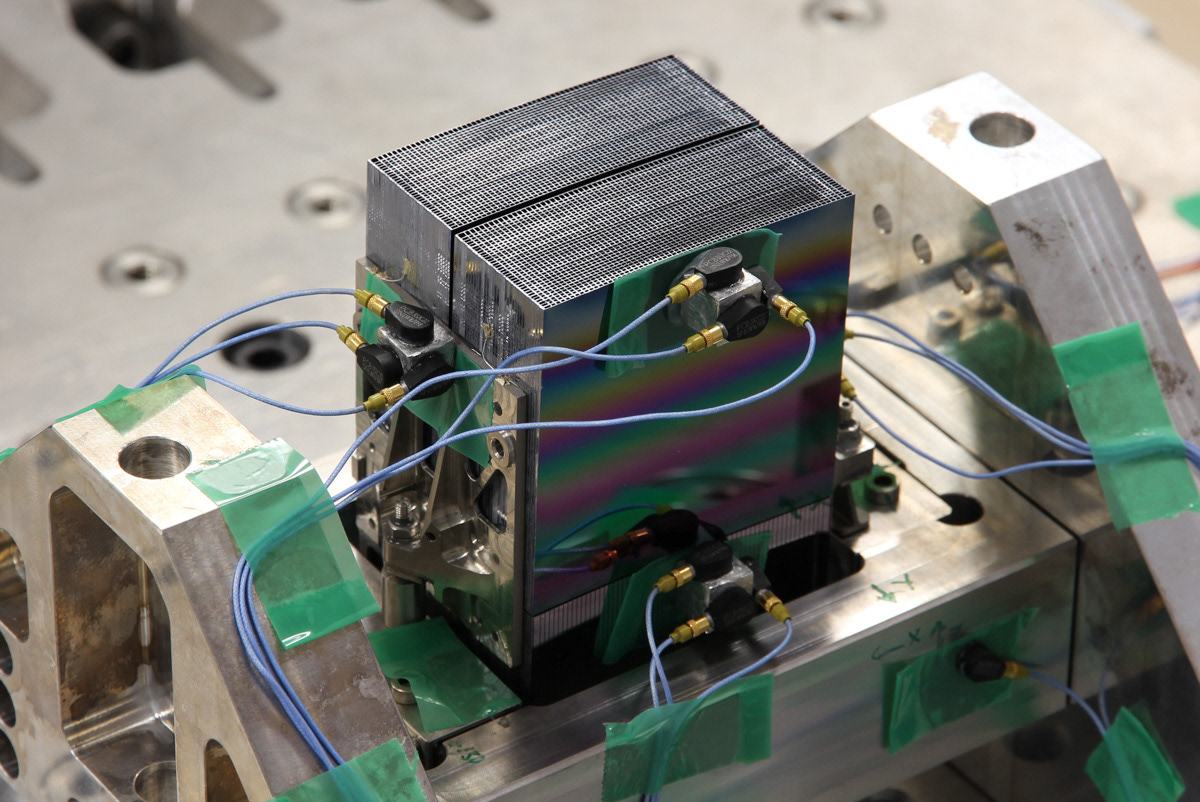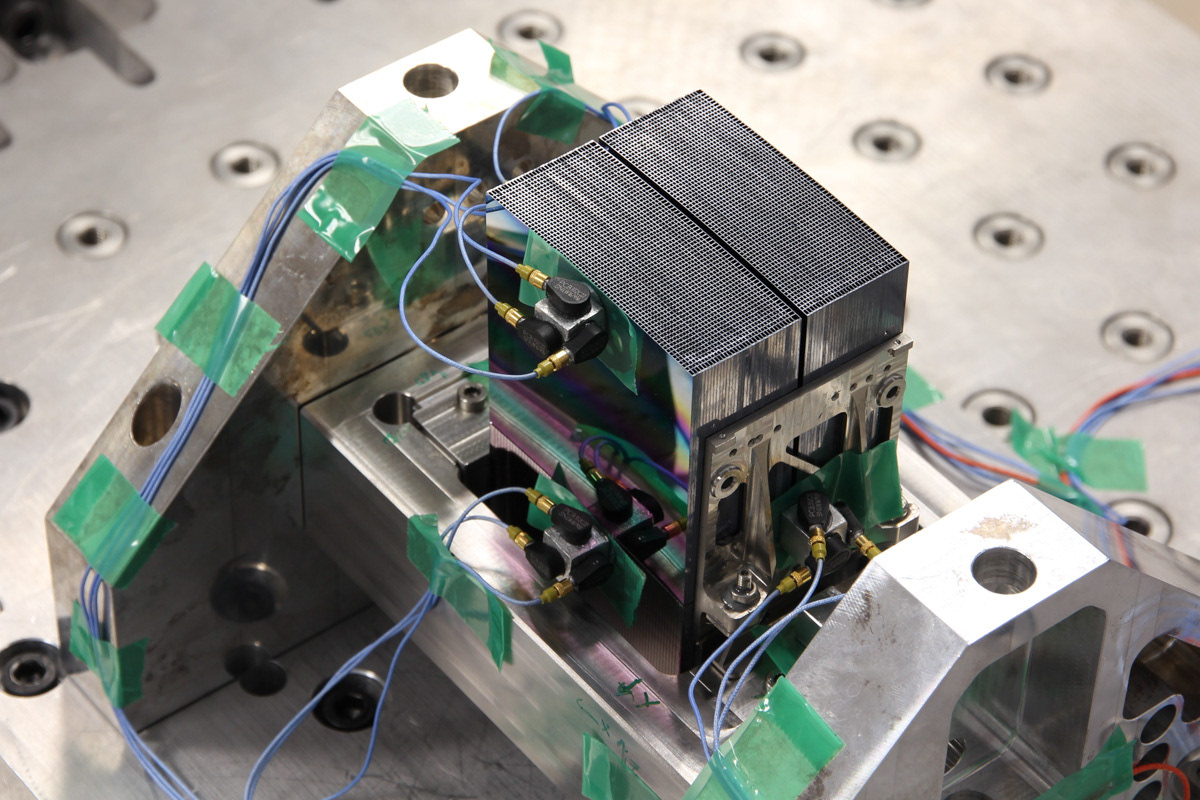Introduction
Sillicon Pore Optics is a new development for X-ray optics started by ESA in close cooperation with cosine Research B.V. The Silicon Pore Optics technique has been chosen by ESA as baseline for the next large X-ray mission ATHENA.
The mechanical properties of Silicon, such as low mass, high stiffness and high strength make this material an excellent starting point to be used for building space hardware. Low mass is important, since launch costs are directly related to the amount of mass to be brought into space. High stiffness and strength is needed to survive the harsh dynamic launch environment.
In addition, silicon wafers have excellent optical reflective properties and are relative cheap components, produced in large quantities by the semiconductor industries.
A very condensed summary on Silicon Pore Optics has been presented in a popular talk during the Precisiebeurs in Veldhoven in 2017.
The development of Silicon Pore Optics is performed by a consortium of many partners such as cosine Research B.V., Micronit, DTU, Media Lario etc., etc. The contribution of SRON is the mechanical structural support of the optical elements.

